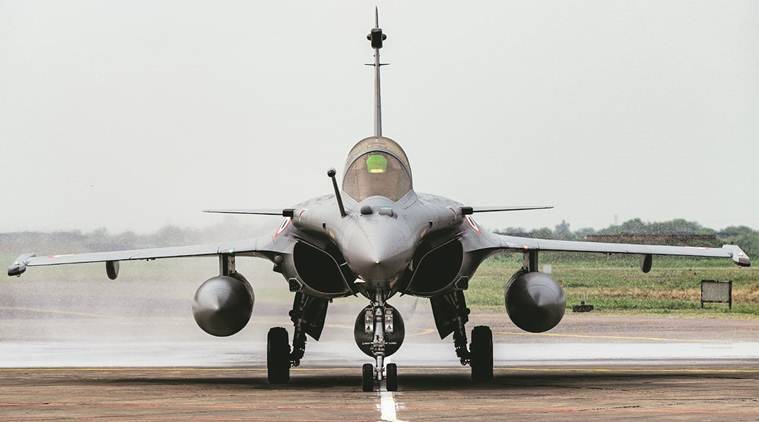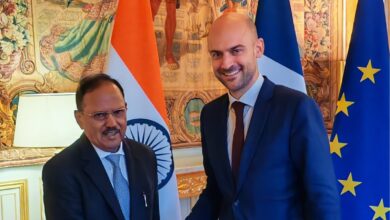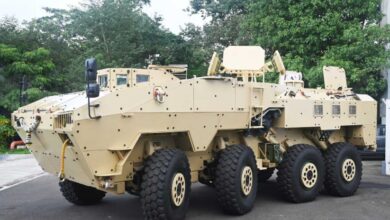French Safran Offers To Partner With The AMCA Project And Set Up An Engine MRO In India

- According to a defence expert, the price per engine for 400 engines will equal between 10 and 12 million euros, which is what we currently spend for engines.
- The Kaveri aero-engine, which was first created to power Tejas LCA fighters, has been under development by the GTRE since 1996.
French aircraft engine major Safran is all set to announce a maintenance repair and overhaul (MRO) facility for leading edge aviation propulsion (LEAP) commercial aircraft engines in India as part of its offset commitments. The MRO facility, said to be based either in Hyderabad or Bengaluru, will apparently be announced tomorrow when Safran CEO Olivier Andres meets Indian Civil Aviation Minister Jyotiraditya Scindia.
The cutting-edge MRO facility will be established through a 100% Indian subsidiary route and will service not only the 330 engines used by Indian commercial carriers but also engines from other Safran-GE joint venture nations in South Asia, West Asia, and Africa.
With intentions to eventually expand into MRO of military engines used in Indian Air Force Rafale and Mirage 2000 aircraft to forward the “Atmanirbhar Bharat” agenda, SAFRAN is bringing in USD 150 million in foreign direct investment for the facility. The French business is India’s top supplier of helicopter engines and provides the M88 engines for the 26 Rafale multirole aircraft that the IAF just acquired.
Aside from the MRO facility, the French company has also proposed to the Indian government to jointly develop a brand-new, cutting-edge 110 kilo newton thrust engine with the DRDO’s Gas Turbine Research Establishment (GTRE) for India’s advanced medium combat aircraft twin-engine AMCA fighter project.
According to a defence expert, the price per engine for 400 engines will equal between 10 and 12 million euros, which is what we currently spend for engines. If we have 6-7 squadrons, it will be for 400 engines, which is what we would need for twin engine AMCAs. Will undoubtedly require more, the specialist said.
The International Traffic in Arms Regulations (ITAR), a US regulatory framework designed to limit and regulate the transfer of defence and military-related technologies in order to protect US national security and advance US foreign policy goals, do not apply to the Safran offer.
As a result, the proposed Safran-GTRE joint venture will be able to export military engines to other nations without running afoul of any restrictions. If the co-development process is given the all-clear this year, the French business thinks the new 110 KN engine may be certified by 2035. The 110 KN engine’s co-development will total between five and six billion euros.
The Safran offer includes a performance guarantee and transfers all necessary technology for design, development, production, and support, in addition to building a strong industrial aero-engine ecosystem in India. The DRDO is also considering using a GE-414 engine to power the AMCA project as a substitute.
The Kaveri aero-engine, which was first created to power Tejas LCA fighters, has been under development by the GTRE since 1996. However, as the LCA is now powered by GE-404 engines, the engine was decoupled from the Tejas programme.







Facebook Comments